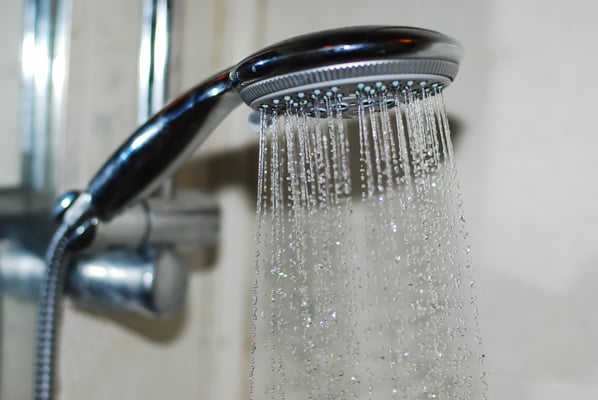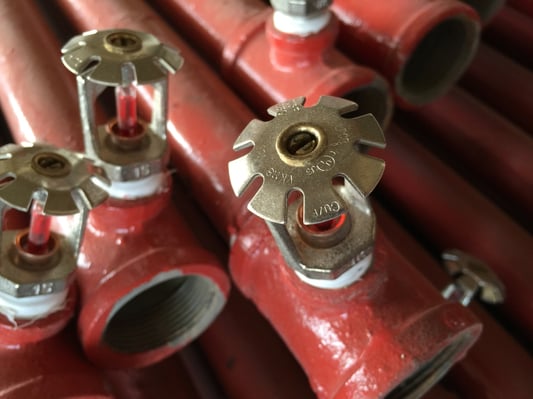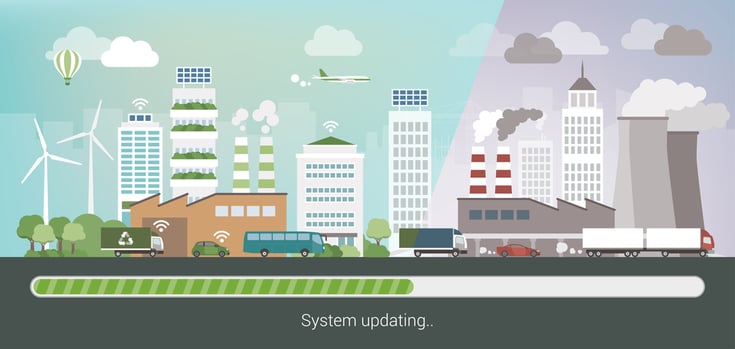The Benefits of Exceeding Building Codes in Construction Projects

Building codes specify the minimum requirements to proceed legally with a construction or renovation project. However, several aspects of building performance can be improved beyond the baseline established in codes - energy efficiency, water conservation and indoor air quality are some examples.
Building technologies are constantly evolving, allowing improved performance. However, publishing code amendments all the time would be impractical and confusing for the construction industry. High-priority code updates are published quickly, but the review process for major changes often takes several years. Building codes also aim for a performance level that is reasonable for the building sector in general, since the latest technologies are often expensive.
Normally, there is a gap between building code requirements and the latest technologies available. If developers aim for the highest performance level that meets their budget, the long-term ownership costs of buildings can be drastically reduced. There is also an opportunity to improve human factors such as comfort, air quality and fire safety.
Improve the performance of your MEP installations.
Energy Efficiency and Water Conservation
Energy expenses are among the highest operating costs in buildings. The energy consumption profile of each building is unique, but there are general trends:
- In most residential and commercial buildings, the largest electrical loads are lighting, ventilation and air conditioning. Plug loads are also significant when their total consumption is considered.
- Fuel consumption can be attributed mostly to space heating and hot water. There are also specific applications with a high demand for fuel, including commercial kitchen equipment and healthcare steam systems.
Water conservation can also reduce building ownership costs, while contributing to energy efficiency. Water conservation can also reduce pumping and heating costs.

The building systems covered by codes include air conditioning, ventilation, space heating and hot water. However, the latest technologies available for these applications exceed the performance levels specified in codes. Energy consulting services are strongly recommended to identify the best building upgrades; since every building is unique, the optimal combination of energy efficiency measures changes by property.
Improving Fire Safety Beyond Code Requirements
The fire protection measures required by codes are specified based on the type of building, but additional measures can enhance fire safety. Of course, there are systems that have no use in certain building types. For example, a fire pump does not improve safety in a low-rise construction where the water supply has enough pressure.
Depending on the type of property, automatic sprinklers may be mandatory or optional. However, fire sprinklers are strongly recommended even when optional, since they can quench most fires when the flames are still small.

Even if a property never suffers a fire that triggers automatic sprinklers, they still bring benefits. Insurance companies will normally offer better plans for a property with sprinklers. Residential and commercial spaces for rent are also more attractive for tenants when fire safety is guaranteed.
Effective fire protection also reduces the chance of legal issues for building owners. Even if automatic sprinklers are not mandatory, there may me property damage claims from tenants if there is a fire incident. The potential human consequences of an uncontrolled fire must also be considered.
Improving Indoor Air Quality
Indoor air quality influences both comfort and health, but it tends to get less attention than energy efficiency. A well-designed HVAC installation focuses on both aspects, reducing energy expenses while preventing the accumulation of air pollutants.

Demand controlled ventilation systems respond to occupancy, reducing airflow when there are less persons in a room. While air pollution is correlated with occupancy, there are exceptions. Consider the following examples:
- A new construction tends to have higher levels of volatile organic compounds, which are released from furniture and construction materials. Cleaning activities also release large amounts of VOCs, which are present in many cleaning products.
- Air pollution levels may vary even if two buildings have the same floor area and number of occupants. For example, 100 persons exercising need more ventilation than 100 persons watching a movie.
An effective strategy to improve air quality is designing ventilation systems that are responsive to key air pollutants. For example, if a ventilation system can sense particulate matter or volatile organic compounds, it can increase airflow even when occupancy is low.
Conclusion
Building code requirements establish the minimum performance level that is legally acceptable. However, a building design that exceeds code requirements can offer improved energy efficiency, fire safety, and indoor environmental quality. To identify the most promising building upgrades, an assessment from a professional engineering firm is strongly recommended.
Since every building is unique, a random selection of improvement projects may not deliver the expected results. For example, an automated lighting system that dims automatically with daylight will achieve almost no savings in a meeting room that is rarely used. However, the same system can achieve significant savings in an office building.

Michael Tobias
Michael Tobias, the Founding Principal of NY Engineers, currently leads a team of 50+ MEP/FP engineers and has led over 1,000 projects in the US
Join 15,000+ Fellow Architects and Contractors
Get expert engineering tips straight to your inbox. Subscribe to the NY Engineers Blog below.



